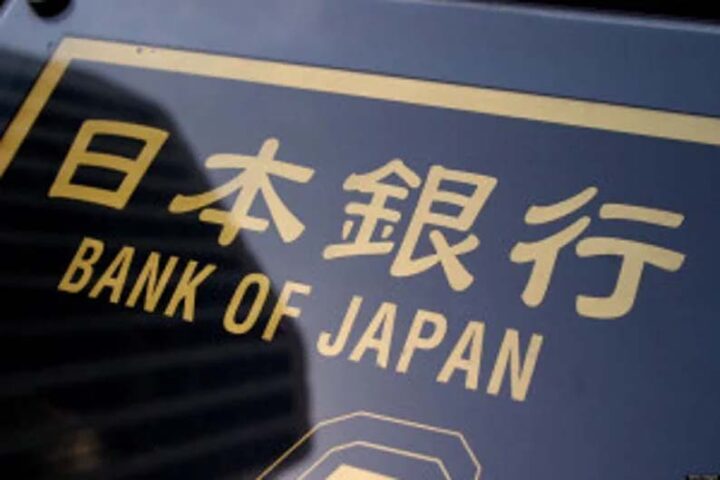By Edward Moya
US stocks ended the week lower lower as Wall Street gets anxious over what the Jackson Hole Symposium on August 24-26 might do to soft landing hopes.
Just look at tech stocks and you can see some traders are throwing in the towel and taking advantage of some of these short-term rates.
The macro backdrop could justify a hawkish Powell, but the recent moves with real yields might allow the Fed Chair to ease up on the inflation fight.
FX
The Japanese yen is no longer acting like a safe-haven currency. With stocks having the worst week since March, dollar-yen finished the week higher.
Wall Street has had a major reset, and now believes that interest rates will stay higher for longer and is fearful that the Fed might have to deliver more tightly given the strength of the US economy.
The global bond market selloff has taken treasury yields two levels that are forcing portfolio managers to adjust accordingly. Short term rates are too attractive, and that should provide some underlying strengths for the US dollar.
On Friday, the yen was on firming footing but some of that was on profit-taking given the big week the dollar had.
With tech and communication stocks getting hit the hardest, expectations for a safe-haven trade could keep the dollar supported.
The wildcard for the dollar trade will be Jerome Powell’s Jackson Hole speech this week, which could remain hawkish or possibly contain a dovish twist.
Energy
The oil price rally that has been in place since June has ended.
Energy traders will focus on the latest problems from China, the global flash PMIs, the Jackson Hole Symposium, and the BRICS summit. After having an interrupted rally from $68 a barrel to $84, WTI crude looks poised to consolidate around the $80 region as traders grapple with a tight market that is facing headwinds from the world’s two largest economies.
Following the Jackson Hole gathering, it will be clear if the bond market selloff continues or cools down.
If the economic outlook becomes even more pessimistic, oil might give up a good portion of the recent rally.
Natural gas prices remain fixated over strike action at an LNG facility in Australia. Fresh talks between Woodside Energy and union officials are expected to begin on Wednesday (August 23).
Natural gas will remain volatile until we have a handle on how gas availability will be for the winter.
Gold
Gold traders will closely watch the annual Jackson Hole symposium of central bankers and how aggressive China becomes with providing support to the deepening property crisis.
The bond market selloff sent gold prices sharply lower over the past month, but that could stabilise if we get a dovish Fed Chair Powell and as long as China doesn’t disappoint with the next wave of stimulus.
Spot gold fell below the $1900 level, but momentum selling has slowed.
Gold traders are also fixating over the $1900 level for gold futures. Currently, gold futures are only $45 away from their March lows, while spot gold is around $80 away.
For gold selling pressure to remain, bond yields might need to surge higher.
Crypto
Bitcoin’s plunge stemmed from nervousness about the looming US Bitcoin ETF decisions and on concerns that China’s property crisis could lead to further downward pressure for risky assets.
Now that Bitcoin fell below the key trading range of $28,500 to $30,500, all eyes will be on the $25,000 level.
Bitcoin ETF rulings will start to happen and some traders are nervous that might not go so well.
Grayscale might get a ruling next week, but expectations are for more rulings to happen in September.
Positive developments with a US Bitcoin ETF breakthrough could help prices make a run back towards the $30,000 region.
Edward Moya is Senior Market Analyst, The Americas at OANDA
Opinions are the author’s, not necessarily that of OANDA Global Corporation or any of its affiliates, subsidiaries, officers or directors. Leveraged trading is high risk and not suitable for all. Losses can exceed investments.







